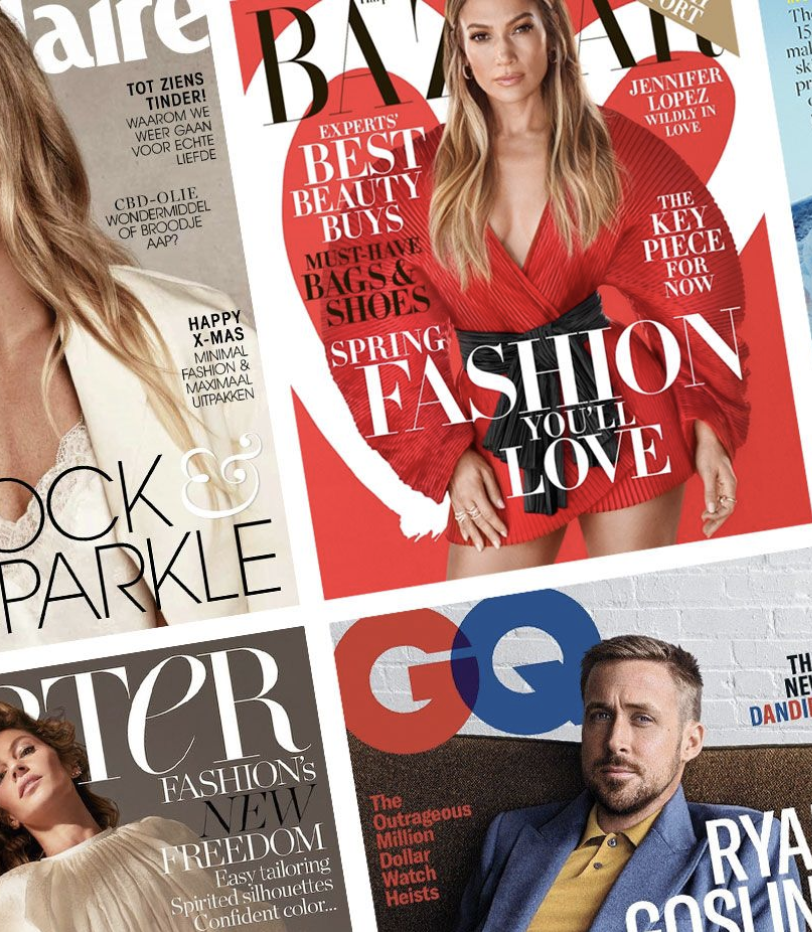Each sector of the advertising industry has seemingly wholly moved to the digital space. Trends will show that no longer are marketing materials in print valuable and digital influencers have become huge players in the game of marketing and advertising. However, for luxury brands, print is always in fashion.
Many businesses would laugh at you had you suggested to run a print ad in 2019. However, high fashion brands are not one of those businesses.
Throughout history, print ads in magazines have been the majority of media budget spending for the fashion industry. Their audiences are magazine readers, and those magazine readers are looking to spend money.
What’s more, and something interesting, is that those within the fashion publishing industry favor advertisers over other brands when choosing to feature a specific piece. Anna Wintour went on record saying that, when it comes down to two remarkable dresses, she will select the attire of an advertiser, every time. That means a lot to fashion brands when deciding where to allocate their media budget.
Audience Levels
There are further reasons for high fashion brands to stay in the print space of advertising.
Vogue, for example, is the most coveted print magazine in existence to date. The audience for that magazine is of a higher income. Having control of the advertising space is often a key part of the strategy for high-fashion brands. Utilizing the top stylists, photographers, and models will cost a large chunk of the budget, therefore, investing in media space that has always garnered sales is a smart move for a brand.
The accessibility of social media advertising is not always best for a brand who wants to reach the higher echelon of the population. An influencer who posts clickbait has no brand loyalty and will take a paycheck from any brand. These Instagram players will not be at the end or the beginning of a high-fashion, luxury brand, campaign. Although there are some
high-fashion influencers who might or might not have brand loyalty and are consistent with their brand, that invariability is not dependable. What can be counted on, however, is Vogue often featuring an advertised dress in the same issue. The feature and advertisement in Vogue will sell out the clothing almost instantly. With digital advertising, there is some doubt and not as quick of a movement from consumers.
Digital Does Not Rule
Although the metrics in digital advertising are ample, they do not guarantee conversions from that space. Albeit the platform has recently become natively shoppable, only a small amount of sales come from such a platform. Therefore, running a large number of digital ads can cheapen the brand due to less expensive brands taking up space in the same arena, and do not have the same clout.
The audience that print reaches is assuredly valuable because they are in the business of spending money. What’s more, a highly impactful cover story will have all eyes on the advertisement that a brand places within that issue. Even further, accidental cover ads can happen when the face of a
Gucci campaign just so happens to grace the cover of
Vanity Fair, dressed head-to-toe in Gucci.
Situations such as these that happen by beautiful accident or amazingly executed strategy offer extremely valuable
brand awareness and high-level sales.
So, in the world of advertising, while digital may currently be king, the printing of advertisements in the fashion industry and luxury brands will remain one of the most important legs of their media strategy.
